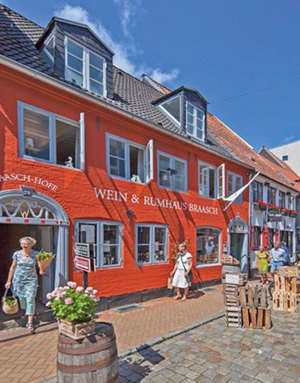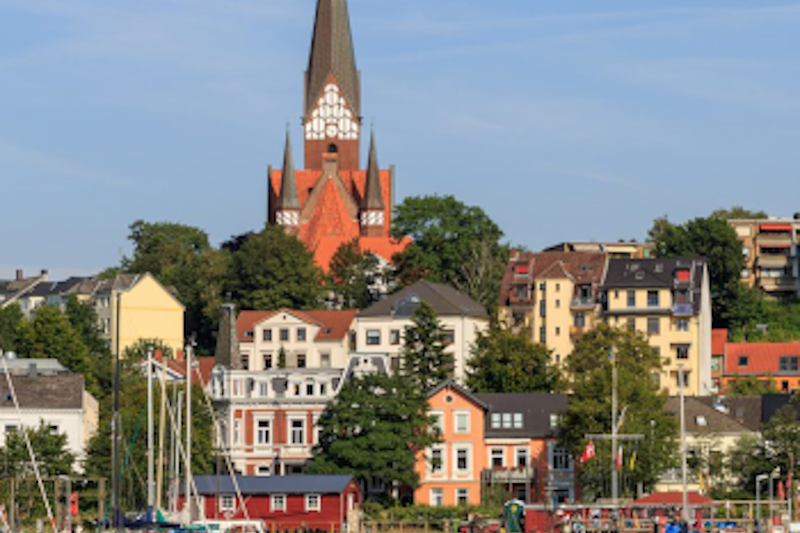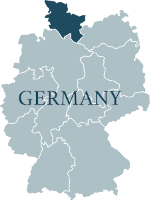
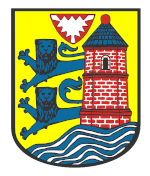
FLENSBURG
Flensburg is situated in the very north of the German state Schleswig-Holstein, on the German-Danish border. After Westerland, on the island of Sylt, it is Germany’s northernmost town. Flensburg lies at the innermost tip of the Flensburg Firth, an inlet of the Baltic Sea. Flensburg’s eastern shore is part of the Anglia peninsula.
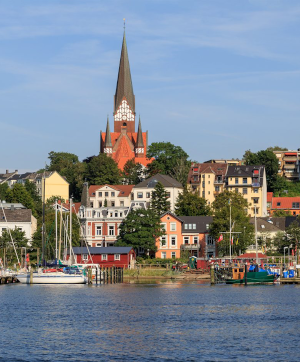
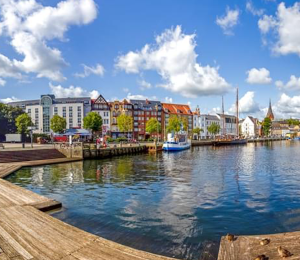
Flensburg was founded at the latest by 1200 at the innermost end of the Flensburg Firth by Danish settlers, who were soon joined by German merchants. In 1284, its town rights were confirmed, and the town quickly rose to become one of the most important in the Duchy of Schleswig. Unlike Holstein, however, Schleswig did not be- long to the German Holy Roman Empire. Therefore, Flensburg was not a member of the Hanseatic League, but it did maintain contacts with this important trading network.
What to SEE in FLENSBURG
SÜDERMARKT is a market square located in the historical center, surrounded by buildings with beautiful late Gothic, Renaissance and Baroque facades.
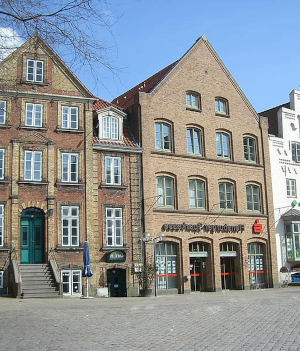
St. NIKOLAI CHURCH on Südermarkt.
HOLM STREET, which begins from Südermarkt, it is dedicated to shopping.
NORDERMARKT SQUARE in the historical centre.
HISTORICAL HARBOUR, located on the Western bank of Flensburg Firth.
THE MUSEUM OF THE MARINA SCHIFFFAHRTSMUSEUM, overlooking the historical port.
THE RUM MUSEUM near the Museum of the Marina.
THE FISHING MUSEUM (Fischereimuseum) on the opposite bank of the firth.
THE FLENSBURG MUSEUMSBERG, very interesting art museums: one is dedicated to the Jugendstil, the other one to works by local painters, including Ernst Barlach and Emil Nolte.
What’s left of NORDERTOR medieval fortifications.
THE HISTORIC ALEXANDRA SHIP from 1908, still used today as a ferry between the two banks of the Flensburg fjord.
THE BALTIC SEA SEASIDE not far from the city.
